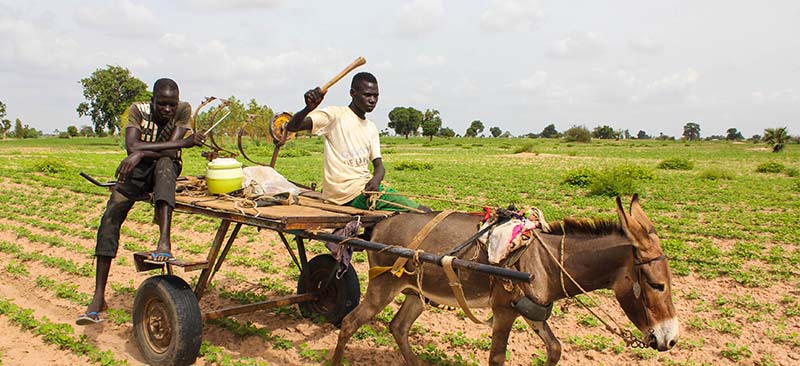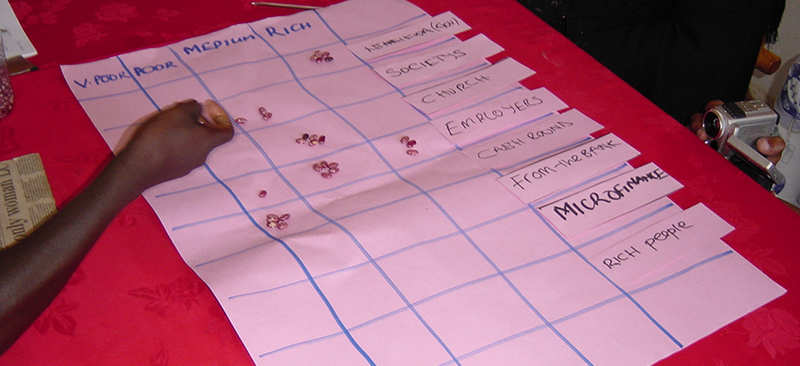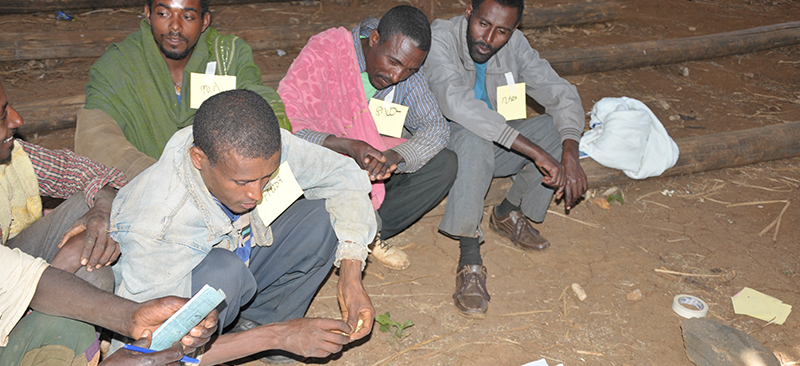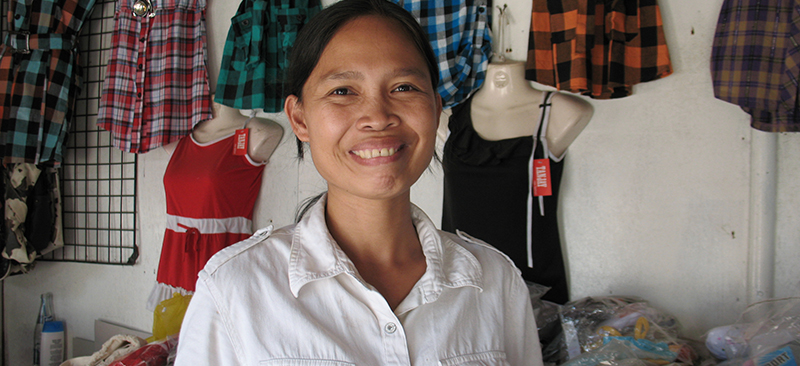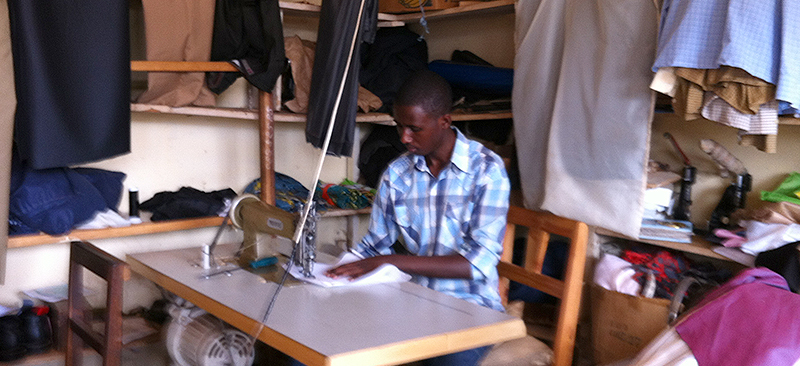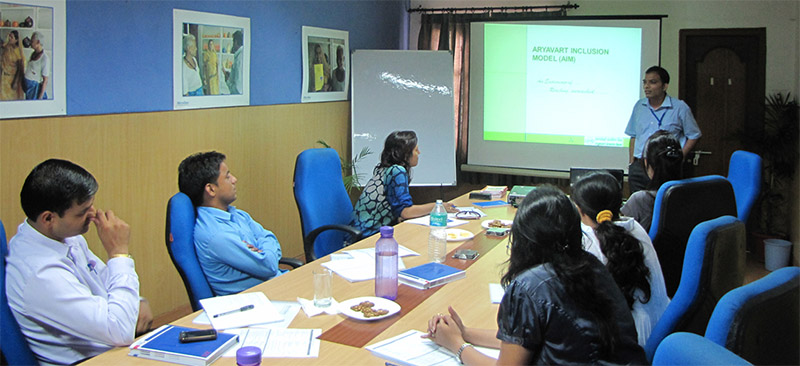This study provides contextual information on the Kenyan economy and financial sector as a backdrop to a review of the available money transfer services. It looks at the supply side of money transfer services that include the service providers, transaction values, frequencies and fees. It further looks at the demand side of money transfers—clients, their purposes and the relative costs and risks involved. The study concludes with an outlook on potential market opportunities for microfinance services and summarizes criteria for product design.
Blog
Competition Working for Customers: The Evolution of the Uganda MicroFinance Sector A Longitudinal Study from December 2001 to March 2003
This paper is part of a wider study “The Competitive Environment in Uganda – Implications for Microfinance Institutions and their Clients” sponsored by MicroSave and DFID’s FSDU (Financial Sector Deepening Uganda) programme. The paper highlights the major changes in products viz. loan and savings, corporate brand and service delivery strategies used by MFIs. It documents the evolution of the microfinance industry and explores possible strategies for maintaining a competitive edge. The paper also gives an overview and highlights the key changes in the competitive market on the basis of the 8Ps of marketing, which include product, price, place, promotion, positioning, people, physical evidence, and process.
An In-Depth Quantitative Assessment of the Ugandan Microfinance Environment
This document is a part of a quantitative market and competitor environment research based assessment in Uganda. It presents the research objectives, methodology employed and full research findings gathered through the interview process in Jinja, Mukono, Masaka and Kampala. The key findings include socio economic characteristics of the clients, product usage, clients’ preferences and awareness levels about service providers, and methodology employed by the institutions providing financial services.
Designing Savings Services for the Poor
Throughout time households saved: as insurance against emergencies, for religious and social obligations, for investment and for future consumption. This paper highlights some of the reasons behind inaccessibility to formal sector banks by most poor people. It further analyzes the emergency needs of the poor people, their requirement for both liquid and illiquid services and the strategy used by them to build-up large lump sums of money to purchase significant capital assets such as land and houses. Key issues addressed in the paper include – compulsory, locked-in savings, designing savings products and services from an MFI’s Perspective and managing the costs of small savings accounts. The paper discusses the benefits of offering savings services to the poor, while cautioning that there are no magic formulas for designing appropriate savings products for poor people: it requires market research and careful, systematic product development. An example of “The Development of Equity Building Society’s Jijenge Savings Account” is also discussed in the paper.
Reducing Vulnerability: The Demand For Microinsurance
Vulnerability for the poor is an everyday reality and has been described as the inability of individuals and households to deal with risk. While the shocks that the poor experience may be the same as conventional insurance clients, they are more vulnerable because they have fewer reserves to draw upon. This paper seeks to understand what people in Kenya, Tanzania and Uganda are looking for in microinsurance and how attributes that meet the needs and preferences of the poor can be incorporated into the design of microinsurance products. This paper complements another study which examines the lessons from formal institutions currently providing health insurance services.
Signposts to the Provision of Market Led Micro-Financial Services
There is increasing discussion of ‘market led’ microfinance, of placing customers first – but how do we know if an institution is becoming market led? The note discusses ‘signposts’ to the provision of market-led microfinance services such as: the organisation having vision and mission statements which are focused on delivering quality customer responsive financial services; the Board that maintains vision and mission; the Executive function which focuses on its customers and takes up supportive activities; the bank that develops and retains customer focused staff through investing in training, internal communications, innovative mechanism to build staff capacity, well-designed incentive schemes; the bank that retains a strong customer focus throughout its “front office” operations and Back office operations that support continually improving products and processes. These signposts reflect MicroSave’s experience with its Action Research Partners
